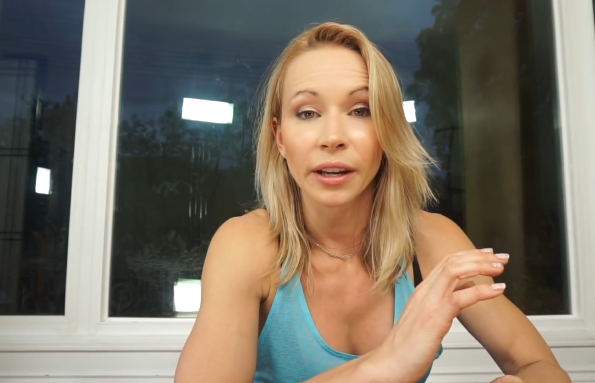
Lower back pain has been part of my life for the last few years, and if you’re reading this, chances are it’s something you’ve experienced too. It started off as a dull ache that would come and go after long hours of sitting or standing. At first, I ignored it—stretching briefly, popping the occasional painkiller, and moving on with my day. But over time, the pain became more frequent, more intense, and harder to brush off. Eventually, I realized that I needed to take my back pain seriously and come up with a strategy to manage it—not just for now, but for the long run.
In this post, I want to share how I’ve been dealing with my lower back pain. I’m not a medical expert, but through trial and error, advice from professionals, and some hard-earned lessons, I’ve found ways to manage it that may help others too.
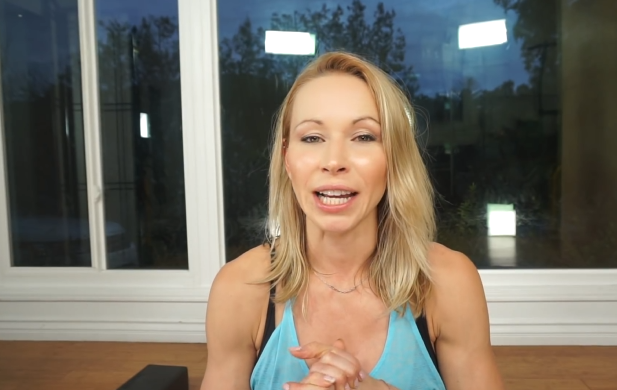
1. Understanding the Root Cause
The first step was to figure out what was causing my back pain. I scheduled an appointment with a physical therapist, who conducted a full assessment of my posture, flexibility, and movement patterns. It turned out that my sedentary lifestyle, weak core muscles, and poor posture were the primary culprits. I also learned that sitting for extended periods, especially with bad posture, was putting pressure on my spine and straining my lower back.
Having a clear diagnosis helped me feel less helpless. Instead of treating the pain as a mysterious, random event, I started to see it as the result of certain habits—and habits can be changed.
2. Creating a Movement Routine
One of the biggest changes I made was introducing consistent movement into my daily routine. I started with light stretching in the mornings, focusing on my hamstrings, hip flexors, and lower back. Over time, I incorporated yoga and Pilates exercises, which helped me build strength and improve flexibility without straining my body.
My go-to poses include Cat-Cow, Child’s Pose, and Supine Twist. Even just 10–15 minutes of stretching every morning helps reduce stiffness and sets a positive tone for the rest of the day. I also do a few exercises before bed, which helps relax my back and prevents me from waking up stiff.
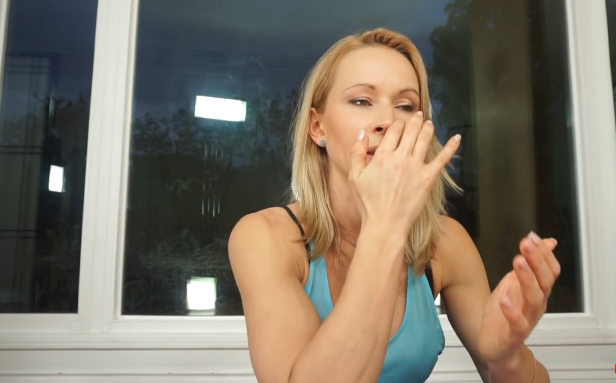
3. Building Core Strength
One of the most important things I learned is that the lower back often compensates for a weak core. Strengthening my abdominal muscles became a top priority. I added planks, bridges, and bird-dogs into my workouts. At first, these exercises felt challenging—my form was off, and I didn’t have much endurance. But I stuck with it, gradually increasing the reps and time.
Now, I make core strengthening a regular part of my week. I don’t do intense workouts every day, but I make sure to activate my core through light engagement exercises, especially when I’m walking or sitting. This has made a significant difference in reducing the strain on my lower back.
4. Adjusting My Workstation
Since I spend a lot of time working at a desk, I had to make changes to my workspace. I invested in an ergonomic chair with lumbar support and raised my computer screen to eye level. I also started using a standing desk part-time, alternating between sitting and standing every hour.
One small but powerful trick I adopted was setting a timer to remind myself to stand up, stretch, or walk for a few minutes every 30–60 minutes. These micro-breaks have been a game changer. Not only do they help my back, but they also help me stay more focused and less fatigued throughout the day.
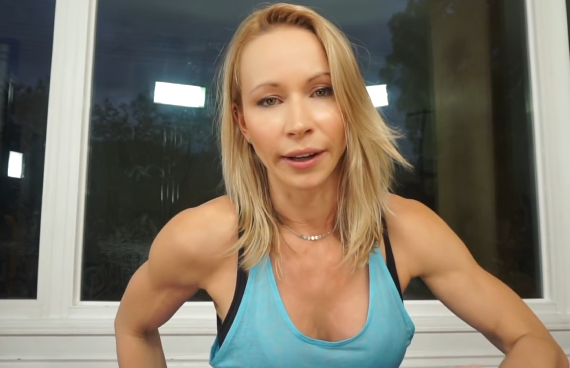
5. Using Heat and Ice Therapy
For days when the pain flares up, I’ve found that heat and ice can really help. I keep a heating pad nearby and use it on my lower back for 15–20 minutes in the evening. The warmth soothes the muscles and helps improve blood flow. On days when the pain feels more sharp or inflamed, I use an ice pack to reduce swelling.
This simple routine doesn’t cure the pain, but it provides immediate relief and helps me manage discomfort without relying too much on medication.
6. Staying Mindful of My Posture
I never realized how much poor posture was contributing to my back pain. Whether I was slouching on the couch, hunching over my phone, or standing with my weight on one hip, I was constantly putting my spine in awkward positions.
Now I’m more mindful. I try to sit up straight with both feet flat on the floor and my shoulders relaxed. When I stand, I distribute my weight evenly and engage my core slightly to support my lower back. It’s not always perfect, but awareness has helped me make significant improvements.
7. Seeing a Chiropractor and Massage Therapist
I also started seeing a chiropractor once a month. These visits help realign my spine and release tension. In addition, I get regular massages focused on my lower back, hips, and legs. Massage therapy helps loosen tight muscles and improve circulation. While not a cure, these treatments have helped reduce the frequency and intensity of my pain episodes.
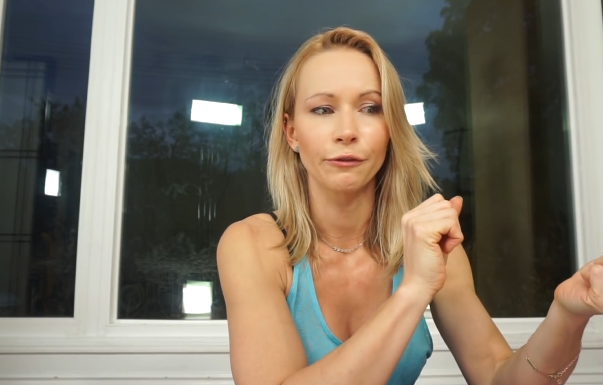
8. Listening to My Body
Possibly the most important lesson I’ve learned is to listen to my body. If I’m feeling sore or tired, I take it easy. I’ve stopped pushing through the pain or ignoring signals that something’s wrong. Rest, recovery, and mental health all play a role in managing physical pain.
I’ve also started paying attention to stress levels. When I’m anxious or overwhelmed, I tend to tense up—especially in my lower back. Practicing mindfulness, deep breathing, and journaling has helped me reduce tension and stay more balanced.
9. Looking at the Bigger Picture
Finally, dealing with lower back pain has made me more aware of my overall health. It’s encouraged me to eat better, stay hydrated, and get enough sleep. These habits all contribute to healing and prevention.
I’ve also learned patience. Recovery isn’t always linear, and some days are harder than others. But over time, the small, consistent efforts have added up.
Final Thoughts
Living with lower back pain isn’t easy, but it doesn’t have to control your life. Through a combination of stretching, strengthening, lifestyle changes, and self-care, I’ve found ways to manage it and feel better day by day.
If you’re dealing with similar pain, know that you’re not alone—and that there are steps you can take to find relief. It may take some time to find what works for you, but it’s worth the effort. Your body will thank you.


